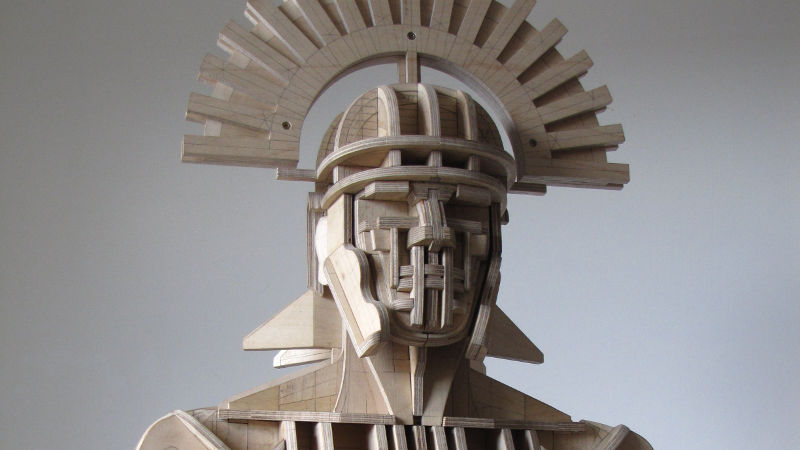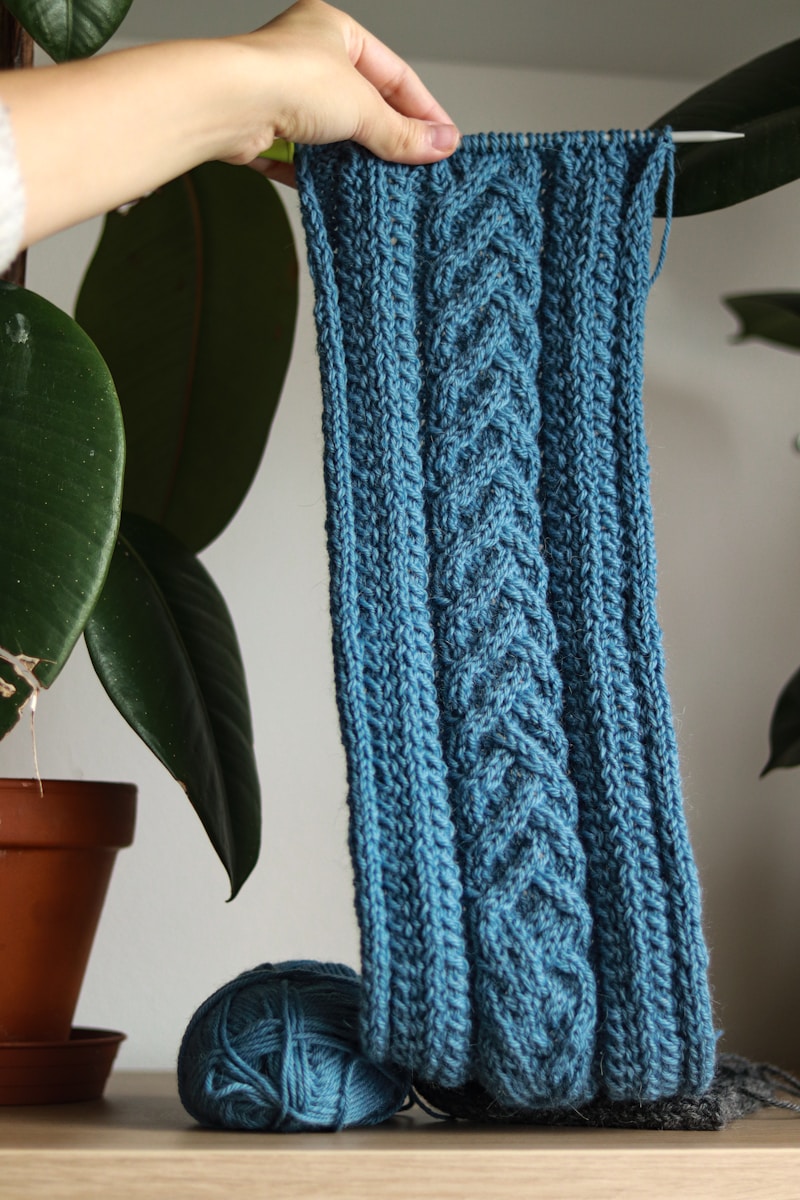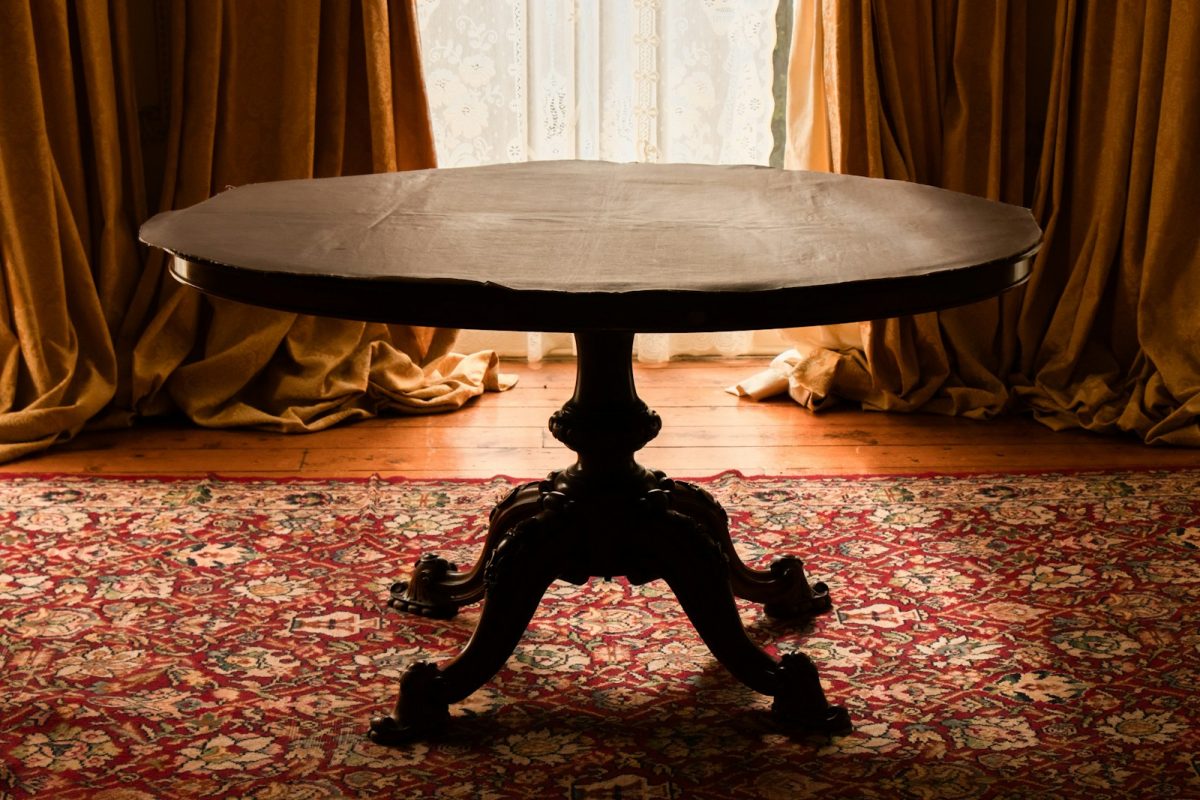The union of engineering and art, two fields often considered opposites, showcases the infinite creativity and precision that define human ingenuity. Engineering is based on scientific principles and functional design, while art is traditionally associated with aesthetic expression and emotional resonance. However, the intersection of these areas has led to innovative works that challenge the boundaries of both disciplines, resulting in visually impressive and technologically advanced creations.
A prominent example of engineering in art is kinetic sculpture. Kinetic sculptures are dynamic creations that incorporate movement, often powered by wind, water, or mechanical systems. These sculptures require a deep understanding of physics, materials science, and mechanics and a keen artistic vision. Artists like Alexander Calder, known for his mobiles, and Theo Jansen, creator of the Strandbeest, have shown how engineering principles can be harnessed to produce captivating art interacting with its environment in real-time.

Related stories:
https://acadru.com/modules/details/art-design-in-engineering
https://www.imeche.org/news/news-article/from-stem-to-steam-the-art-of-creative-engineering/
https://www.thesantaclara.org/blog/engineering-in-the-arts
Take Action:
https://immersed.engin.umich.edu/arts-engineering/
https://news.mit.edu/2022/channeling-creativity-through-art-and-engineering-1128
https://www.infoq.com/articles/engineering-art-embracing-creativity/





